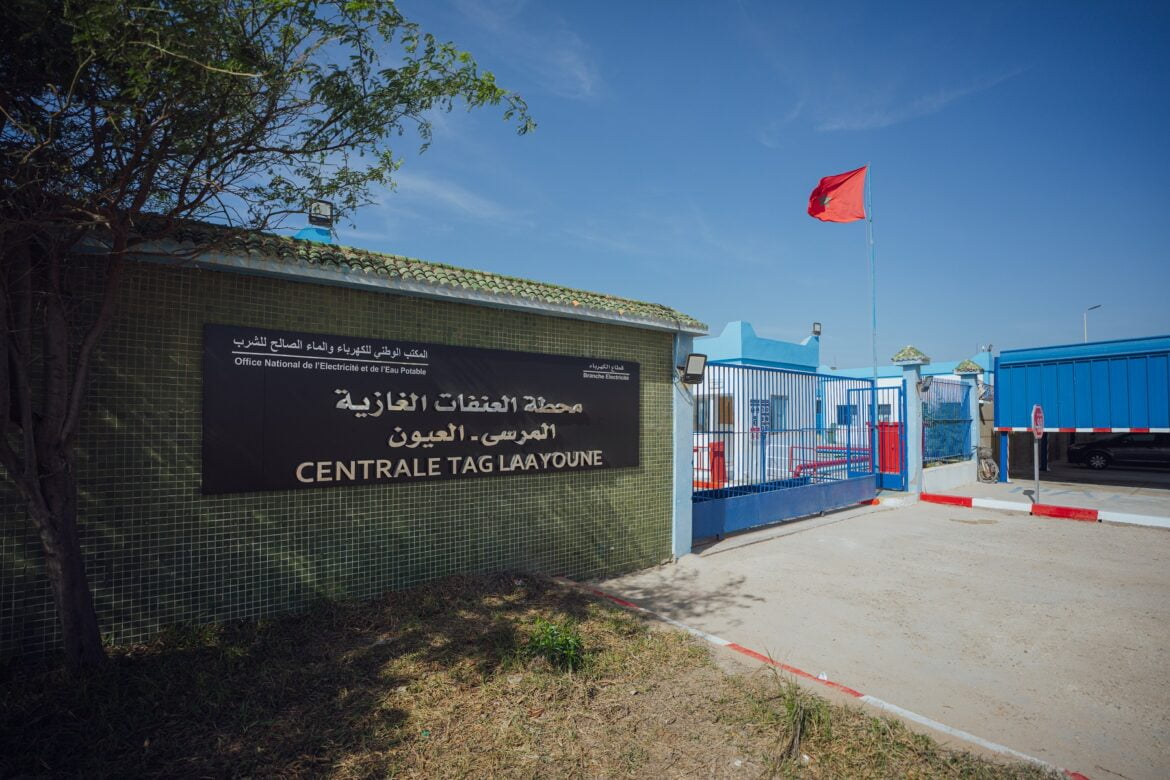GE Vernova’s Gas Power business, the National Office of Electricity and Drinking Water (ONEE), and Nareva, a Moroccan company specialised in the development and operation of independent power generation projects, have announced the signing of a Memorandum of Understanding (MoU) focused on decarbonisation.
Together, they will collaborate on a feasibility study to develop joint solutions to decarbonise ONEE’s Laâyoune Power Plant, powered by three GE Vernova 6B heavy-duty gas turbines.
The facility is expected to be the first in Africa to use green hydrogen to power GE Vernova’s 6B gas turbines, it was said.
The agreement will see ONEE, Nareva and GE Vernova undertake techno-economic evaluation studies to convert the 99 megawatts (MW) Laâyoune Thermal Power Plant, currently fueled by heavy oil fuel, to hydrogen.
As a first step of the study, which is expected to be completed in two years, the collaboration will focus on converting the gas turbine to 100 per cent hydrogen.
The study consists of exploring an integrated solution that incorporates the full production value chain to deliver 100 per cent hydrogen by volume to the gas turbine for peak demand periods.
Assessment results, the partners shared, can pave the path for the full-scale integration of the gas turbines with green hydrogen, aiming to achieve 100 per cent decarbonisation of the Laâyoune Power Plant.
GE Vernova, it was shared, also has expertise with wind turbines, solar and energy storage solutions, grid systems, and power conversion technologies, which are key to enabling the (green) hydrogen value chain. This requires integrating several systems including renewable power (e.g., wind and solar), energy storage, grid systems to transmit and control electricity, and power conversion systems to provide electricity that matches the electrolyser requirements. Included within GE Vernova’s technology portfolio, these elements have the potential to be included as part of this study.
“GE Vernova is pleased to collaborate with ONEE and Nareva to develop this first-of-its- kind project and support climate change commitments in Morocco. With nearly 30 GE Vernova 6B gas turbines having operated on hydrogen over the last two decades, this fleet is an excellent fit for the project,” said Joseph Anis, President & CEO for GE Vernova’s Gas Power business in Europe, the Middle East, and Africa.
“We look forward to joining forces to provide a reliable and less carbon-intense source of reserve power that will also be a major contributor to mitigating the variability of the grid. Rapid renewable energy growth presents system operators and energy providers with the increasingly difficult task of continuously ensuring grid stability. Highly flexible gas turbines can complement variable renewable energy and help stabilize the grid with reliable power supply.”
Meanwhile, Abderrahim El HAFIDI, CEO of ONEE, said: With ambitious low-carbon energy projects under construction throughout the country, Morocco reinforces its position among global leaders in sustainable energy. The current renewable installed capacity is 4672 MW. Further renewable projects under development and construction will add more than 5 gigawatts of installed capacity across the country.”
Adding: “This first pilot project will help reduce carbon emissions of the plant and it will enable Morocco to move forward on the decarbonation of its power sector. This agreement serves as an important milestone in paving the way to accelerate the integration of hydrogen in the national energy mix, help the country become less reliant on conventional power, and reduce carbon emissions associated with power generation activities.”
Aymane Taud, CEO, Nareva, commented: “NAREVA will build on its recognized experience in renewable power to actively contribute to the advancement of the country’s energy goals, as well as to the competitive decarbonation of the continent. We are thrilled to explore the complementary opportunities between renewable energy, hydrogen production, and efficient gas-fired combustion technologies to provide our country with efficient, flexible power plants that also produce less CO2.”




